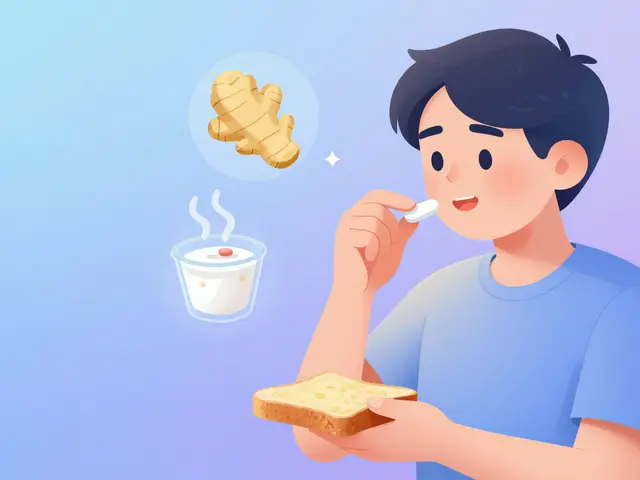Autism: Practical Guide for Parents, Caregivers, and Adults
Autism affects how a person communicates, learns and senses the world. Signs often show in early childhood but can appear or be noticed later in life. This page collects practical tips, clear next steps for diagnosis, and everyday strategies you can use now.
Noticeable signs include delayed speech, limited eye contact, repetitive behaviors, strong preferences for routines, or intense interest in specific topics. Adults may mask symptoms and feel exhausted after social situations. If you suspect autism, track behaviors for a few weeks and bring specific examples to a clinician.
Getting a Diagnosis and Next Steps
Start with your primary doctor, pediatrician, or a local clinic that does developmental assessments. Ask for a full diagnostic evaluation — not just a checklist. Good assessments include interviews, observation, and questionnaires from parents or partners. Early diagnosis helps get services faster, but it’s never too late to seek help as an adult.
After diagnosis, create a short action plan: identify immediate needs (speech, behavior, sensory), list local services, and ask about therapy waitlists. If insurance limits options, explore school services, community clinics, and nonprofit organizations that offer sliding-scale support.
Daily Tips That Help
Set predictable routines and use visual schedules for kids. For sensory needs, offer calm spaces, noise-cancelling headphones, or fidget tools. Break tasks into small steps and give clear, literal instructions. Praise efforts with concrete feedback like “Great job sitting for five minutes” instead of vague praise.
For communication, use short phrases and allow extra time to respond. Try pairing words with pictures or gestures. When meltdowns happen, keep the tone low, reduce sensory input, and focus on safety. After recovery, talk about what worked without lecturing.
School and work supports matter. Ask about individualized education plans (IEPs) or workplace accommodations like flexible breaks, modified lighting, or written instructions. Small changes often make a big difference in learning and performance.
Caregivers need support too. Join local or online support groups, schedule regular breaks, and set simple routines that make caregiving predictable. Share realistic goals with family and professionals so expectations match daily life.
Therapies that help include speech therapy, occupational therapy for sensory needs, and behavioral supports focused on skills rather than punishment. Medication can help with sleep, anxiety, or attention problems, but should be discussed carefully with a doctor.
Want resources? Try local autism societies, national health services, and reputable nonprofit sites for toolkits and checklists. Keep a folder with assessments, reports, and contacts so you can quickly share history with new providers.
Autism looks different in every person. Small steps—clear routines, sensory supports, and the right professionals—can make life calmer and more predictable. If you’re unsure where to start, pick one small change this week and build from there.
Many people with autism also face anxiety, sleep or attention issues. Our site has articles on anxiety and addiction, atomoxetine for attention, sleep meds, and sensory-friendly supplements. Search the site for those topics or contact a local autism society for referrals and toolkits.



